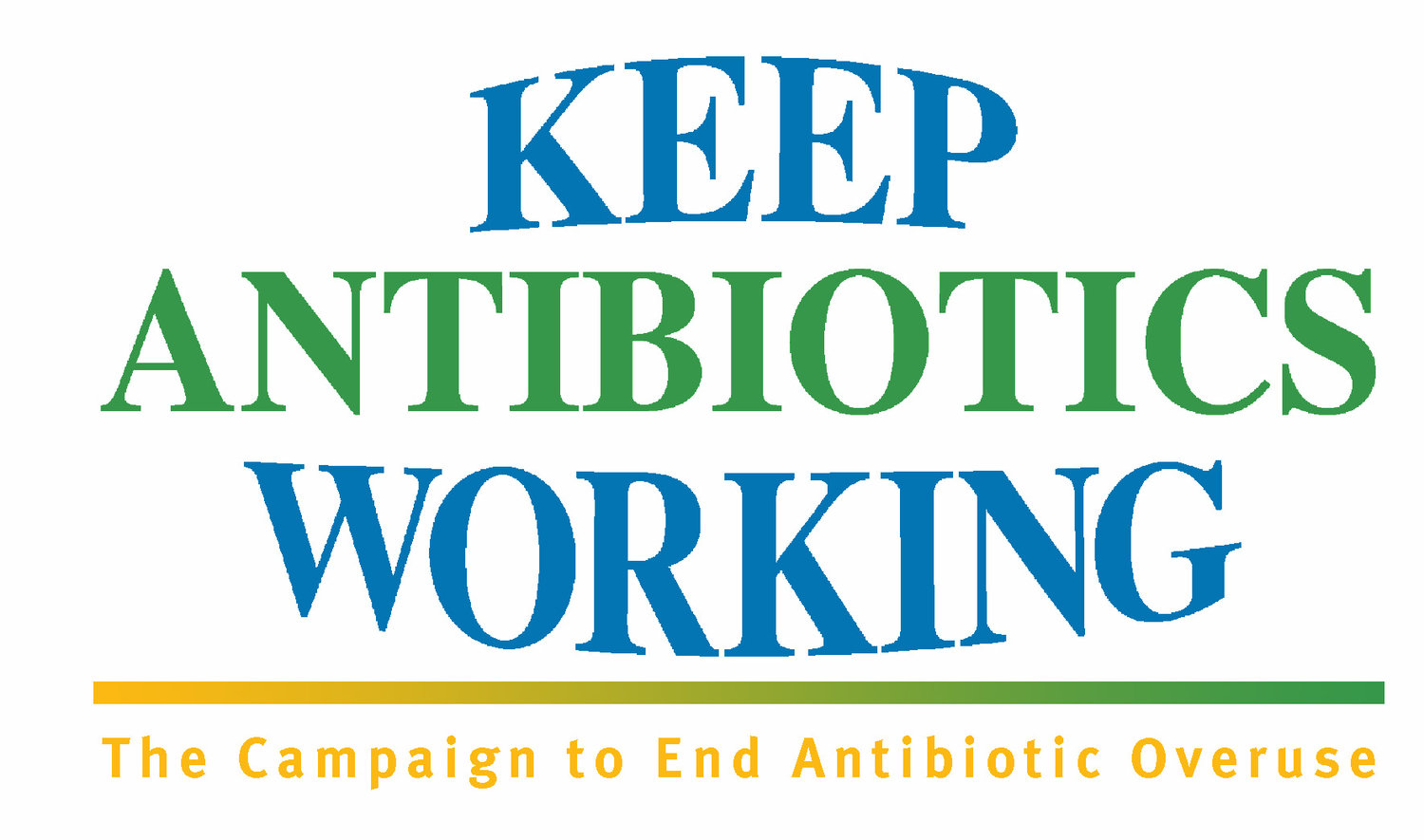
All blog posts are the sole opinion of the author and do not necessarily reflect the official position of Keep Antibiotics Working or Food Animal Concerns Trust.
Shorter is Better Is Not Just for Human Antibiotics
MADELEINE KLEVEN , PROJECT ASSISTANT, FOOD SAFETY PROGRAM AT FOOD ANIMAL CONCERNS TRUST
FDA allows some medically important antibiotics to be used for the whole life of the animals receiving them. This creates an increased risk of antibiotic resistance which can harm human and animal health. In 2016, FDA proposed adding limits on how long an antibiotic could be used in food animals. FDA must move forward with this proposal and in doing so make sure that durations are short enough to lower the risk of resistance and other negative side effects. Evidence from human medicine shows that using antibiotics for shorter periods or durations usually works just as well and leads to less resistance and other side effects. Read further to learn more.
National Food Policy Conference Features Expert Panel Discussion of Antibiotics
Thomas Gremillion, Director, Food Policy Institute at Consumer Federation of America
The Consumer Federation of America assembled a panel of experts to discuss “The One Health Approach to Antibiotic Resistance” at its recent 41st Annual National Food Policy Conference. The make-up of the panel illustrates the broad approach that addressing antibiotic resistance requires, and the discussion made clear both the tremendous progress that advocates have made in reducing antibiotic overuse, and the urgent need for much more serious action, particularly in animal agriculture.
Antibiotic Use for Disease Prevention in Animals: A Thematic Paper resulting from the 2nd G7 Chief Veterinary Officers Forum
Susan Vaughn Grooters, MPH, consults for Keep Antibiotics Working regarding consumer advocacy and policy analysis. Susan is also a graduate research associate pursuing a PhD in Veterinary Preventive Medicine.
On October 5th of this last year the 2nd G7 Chief Veterinary Officers Forum took place. At this meeting were the Chief Veterinary Officers (CVOs) from Canada, France, Germany, Japan, Italy, the United Kingdom, the United States of America, and representatives from the European Union, and two intergovernmental organizations – the World Organization for Animal Health (OIE) and the Food and Agriculture Organization (FAO). A full agreement was reached on the strategies and commitments for the fight against Antimicrobial Resistance (AMR), and a thematic paper resulted.
Towards an Evidence-Based Antibiotics Policy
Data collection on antibiotic usage vital to shaping federal policy
Thomas Gremillion, Director, Food Policy Institute at Consumer Federation of America
Since January of 2017, FDA’s Guidance 213 no longer allows medically important antibiotics to be used for growth promotion purposes, but how much of an impact has that policy had? What about other efforts to promote more judicious antibiotic use in animal agriculture? Where are farmers and ranchers making the most progress in reducing antibiotic use? What types of animal antibiotic use carry the highest risk of contributing to resistant infections in humans?
All Hands on Deck!
New report highlights the critical role of state and local antibiotics initiatives
Thomas Gremillion, Director, Food Policy Institute at Consumer Federation of America
In a more perfect world, the United States would rival trading partners like Denmark and the Netherlands in developing national policies to curtail animal antibiotic use. In reality, recent federal reforms have yet to yield reductions in use, and public health authorities continue to operate without the most rudimentary data on which drugs are going to which animals.
